Chordata

Three-Spined Stickleback
Gasterosteus aculeatus
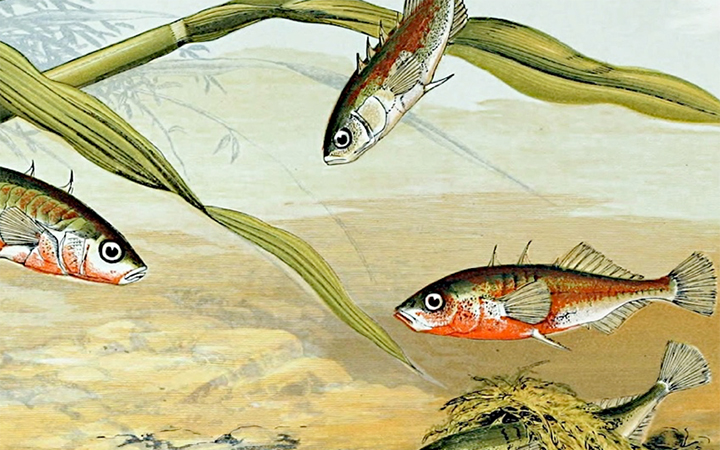
9 POINTS
Play: The Three-Spined Stickleback has a MOVE of 2 and feeds on ZOOPLANKTON.
Fact: There is evidence that shows the existence of cooperative behaviour among three-spined sticklebacks.

Great Crested Newt
Triturus cristatus

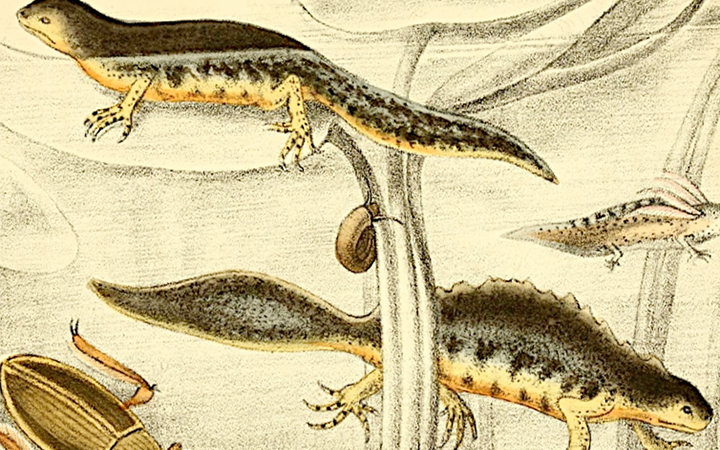
8 POINTS
Play: The Great Crested Newt has a MOVE of 2.
Fact: In England, Wales and Scotland, it is a protected species under Schedule 5 of the Wildlife and Countryside Act 1981.

Common Frog
Rana temporaria

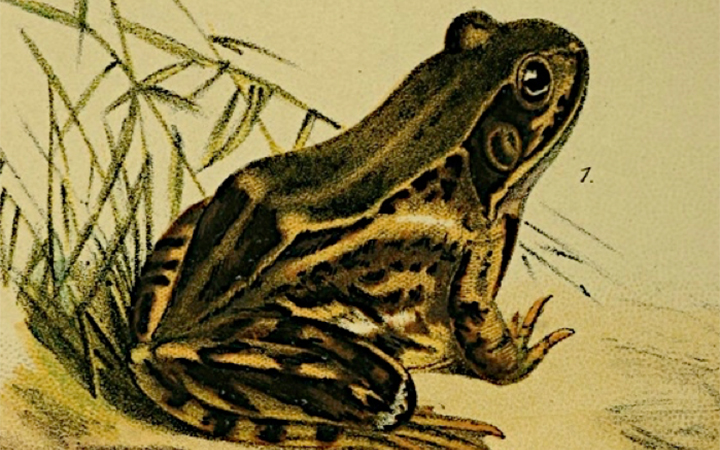
8 POINTS
Play: Common Frog has a MOVE of 2.
Fact: In some places, this frog may be trapped under ice for up to 9 months, but studies have shown that they may still be relatively active at temperatures close to freezing.

Sperm Whale
Physeter macrocephalus

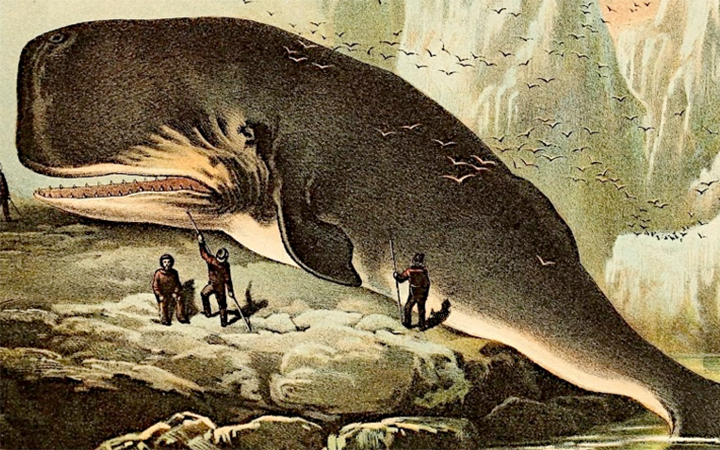
8 POINTS
Play: The Sperm Whale has a MOVE of 2.
Fact: From the early 18th century through the late 20th, the species was a prime target of whalers. The head of the whale contains a liquid wax known as spermaceti, from which the whale derives its name.

Mute Swan
Cygnus olor

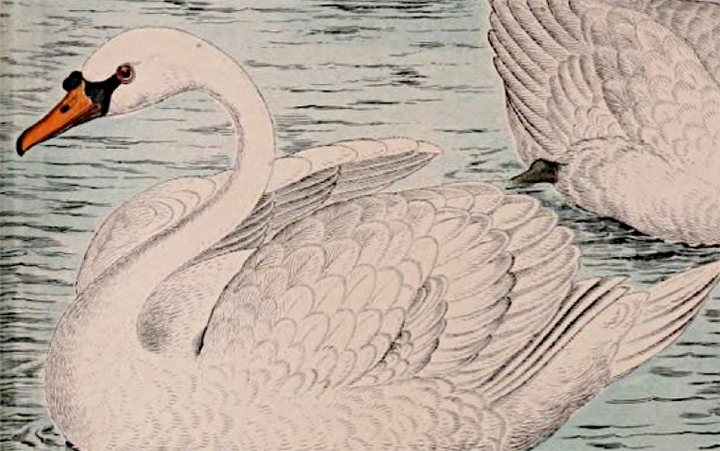
4 POINTS
Play: The Mute Swan has a FLIGHT of 2.
Fact: The Mute Swan is one of the heaviest flying birds, with males (known as cobs) averaging about 24 to 26lbs.

Green Woodpecker
Picus viridis

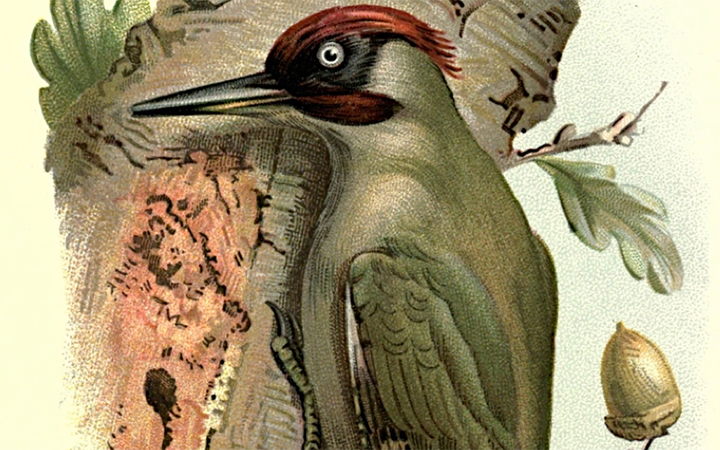
7 POINTS
Play: The Green Woodpecker has a FLIGHT of 2.
Fact: Like other woodpeckers, the Green Woodpecker’s tongue is long (10cm) and has to be curled around its skull.